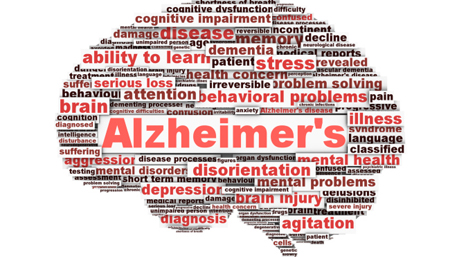
08/08/2022
Hot Topics of the Day are picked by experts to capture the latest information and publications on public health genomics and precision health for various diseases and health topics. Sources include published scientific literature, reviews, blogs and popular press articles.
Sign up MyPHGKB to receive the daily hot topic email alert.
Archived Hot Topics of the Day By Date
A lab-on-a-chip for the concurrent electrochemical detection of SARS-CoV-2 RNA and anti-SARS-CoV-2 antibodies in saliva and plasma
D Najjar et al, Nature Biomed Eng, August 8, 2022
Monitoring of the SARS-CoV-2 Omicron BA.1/BA.2 lineage transition in the Swedish population reveals increased viral RNA levels in BA.2 cases
A Lentini, Med, August 8, 2022
DOCK2 is involved in the host genetics and biology of severe COVID-19
H Namkoong et al, Nature, August 8, 2022
Developing machine learning algorithms for dynamic estimation of progression during active surveillance for prostate cancer.
Lee Changhee et al. NPJ digital medicine 2022 8 (1) 110
Genetics of the human microglia regulome refines Alzheimer's disease risk loci.
Kosoy Roman et al. Nature genetics 2022 8 (8) 1145-1154
Rare genetic variants explain missing heritability in smoking.
Jang Seon-Kyeong et al. Nature human behaviour 2022 8
The experiences of UK-based genetic counsellors working in mainstream settings
E Quinn et al, EJHG, August 2, 2022
Disclaimer: Articles listed in Hot Topics of the Day are selected by Public Health Genomics Branch to provide current awareness of the scientific literature and news. Inclusion in the update does not necessarily represent the views of the Centers for Disease Control and Prevention nor does it imply endorsement of the article's methods or findings. CDC and DHHS assume no responsibility for the factual accuracy of the items presented. The selection, omission, or content of items does not imply any endorsement or other position taken by CDC or DHHS. Opinion, findings and conclusions expressed by the original authors of items included in the Clips, or persons quoted therein, are strictly their own and are in no way meant to represent the opinion or views of CDC or DHHS. References to publications, news sources, and non-CDC Websites are provided solely for informational purposes and do not imply endorsement by CDC or DHHS.
- Page last reviewed:Feb 1, 2024
- Page last updated:Apr 21, 2024
- Content source:






